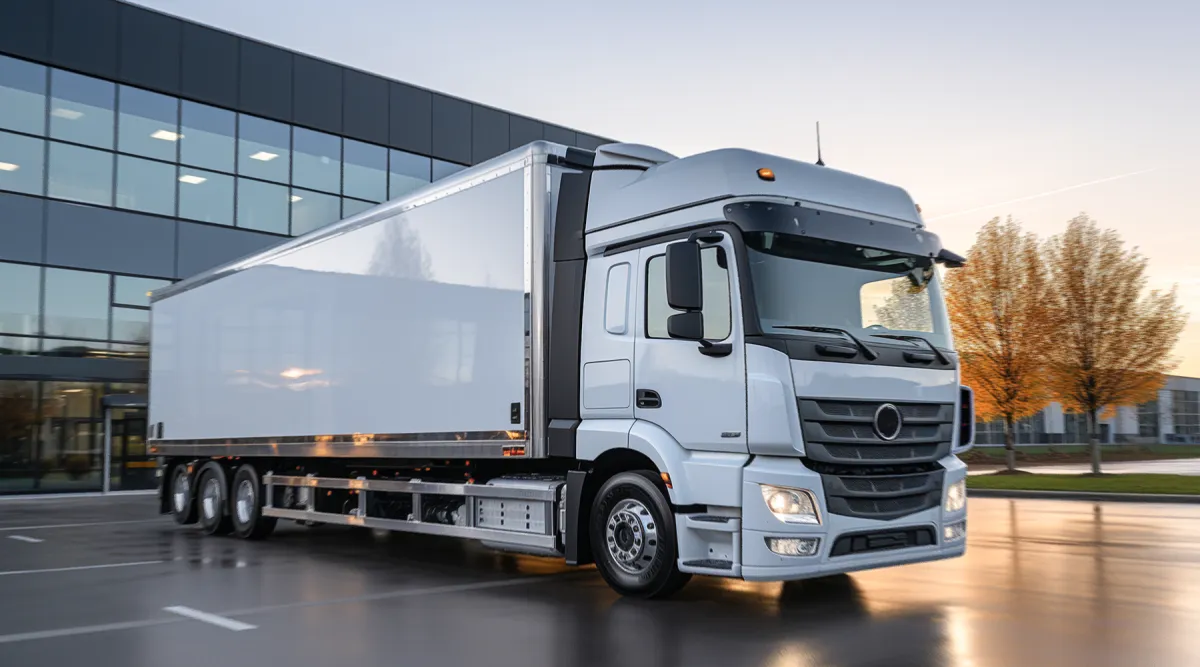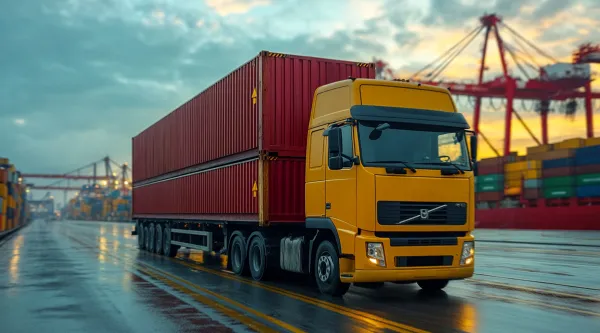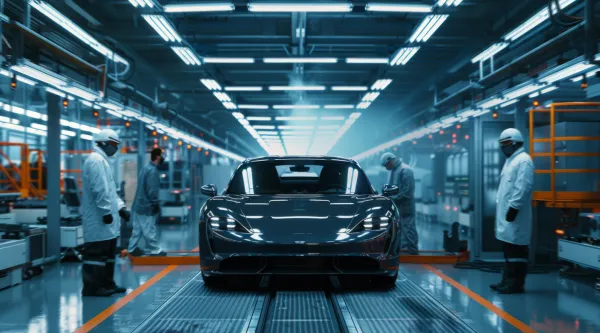The Next Big Shift in India’s Commercial Vehicles Trucks, Tech and the EV Revolution

A decade ago, India’s commercial vehicle (CV) market was just another sector following the economy’s ups and downs. When GDP grew, trucks moved. When it slowed, they sat idle. Not anymore. Today, this market isn’t just mirroring India’s economic growth, it’s fuelling it.
From e-commerce booms to EV revolutions, one question remains—how fast will this market scale, and who will dominate it? the industry is no longer just about moving goods, It’s about moving the economy. Whether you’re looking at infrastructure megaprojects, logistics shake-ups, or fleet electrification, one thing is clear—this is where the next big opportunity lies.
E-Commerce and Logistics are the Driving Force Behind High Demand
Let’s talk about the real force behind the commercial vehicle market’s growth - the e-commerce industry. With India’s online retail expected to hit USD 191.44 billion by 2027, logistics has become the oxygen of modern trade.
Fleet owners aren’t just looking for bigger trucks—they want faster, tech-driven, and more cost-efficient vehicles. But will their current infrastructure and supply chain models keep up with the demand? That’s why LCVs (light commercial vehicles) now dominate the market with a 66% share. Amazon, Flipkart, and BigBasket aren’t just expanding they’re building private logistics empires to stay ahead.
Meanwhile, M&HCVs (medium & heavy commercial vehicles) are thriving too, holding 34% market share, thanks to India’s obsession with infrastructure development. New highways, metros, and megaprojects mean more trucks, more demand, and more investment potential.
Who’s Dominating India’s Commercial Vehicle Industry?
This market isn’t a playground, it’s a war zone for dominance. Right now, Tata Motors is leading the pack with a 40% market share, followed by Mahindra & Mahindra (27%), Ashok Leyland (17%), and VE Commercial Vehicles (7%).
But here’s the catch—market share alone won’t define the next winner. The real question is: Who’s investing in the future?
- Tata Motors dominates M&HCVs with 80,317 units sold in H1FY23, but will it maintain its edge in EV fleets?
- Mahindra owns LCVs with 132,024 units sold, but can it expand beyond logistics into heavy-duty segments?
- Ashok Leyland is innovating with electric buses, but can it challenge Tata’s stranglehold?
The next decade won’t be about who sells the most trucks—it will be about who controls the future of fleet intelligence, AI-driven logistics, and cost-per-kilometer dominance. Will Tata Motors and Mahindra maintain their lead, or is an unexpected disruptor waiting in the wings?
Government Investments
What’s better than an expanding industry? An industry backed by a trillion-dollar government push.
- Budget 2023-24 pumped Rs. 10 lakh crore (USD 122 billion) into infrastructure, ensuring long-term demand for commercial vehicles.
- The USD 1.3 trillion National Infrastructure Pipeline (NIP) & PM Gati Shakti initiative are reshaping India’s logistics backbone.
- EV incentives under FAME-II are making electric fleets more profitable, forcing fleet owners to rethink their strategies.
Translation? The Indian government isn’t just supporting the CV market—it’s supercharging it. But will this massive investment be enough to sustain long-term growth, or will unforeseen challenges slow it down?
Why Commercial Fleets Are Going Electric
Let’s be clear, EVs aren’t “the future” anymore. They’re the present. And in the commercial vehicle space, they’re turning into a billion-dollar opportunity.
Fleet electrification is no longer a concept—it’s a necessity. By 2025, one in four EV sales will come from commercial fleets, with light electric commercial vehicles projected to grow at triple-digit rates. Companies like Zomato, Swiggy, and Flipkart are no longer experimenting with EVs, they’re making them the backbone of their fleets. And with FAME-II incentives slashing costs, the switch to electric fleets isn’t about sustainability anymore it’s about profitability.
The bottom line? Investors who move now will own the future of India’s logistics game. Those who hesitate will be left playing catch-up. The real question is—who will be the biggest beneficiaries of this transformation?
The Time to Invest in India’s CV Market Is Now
Here’s the reality, India’s commercial vehicle market isn’t just growing. It’s evolving, transforming, and creating new billion-dollar opportunities. Between e-commerce-driven LCV growth, infrastructure-fuelled M&HCV expansion, and the rapid shift toward EV fleets, this market is rewriting the rules of transport, logistics, and profitability.
So here’s the real question: Are you investing in the future, or are you waiting for someone else to take the lead? And if you wait too long, will there even be a seat left at the table? Because one thing is certain—this market won’t wait and neither should you.


